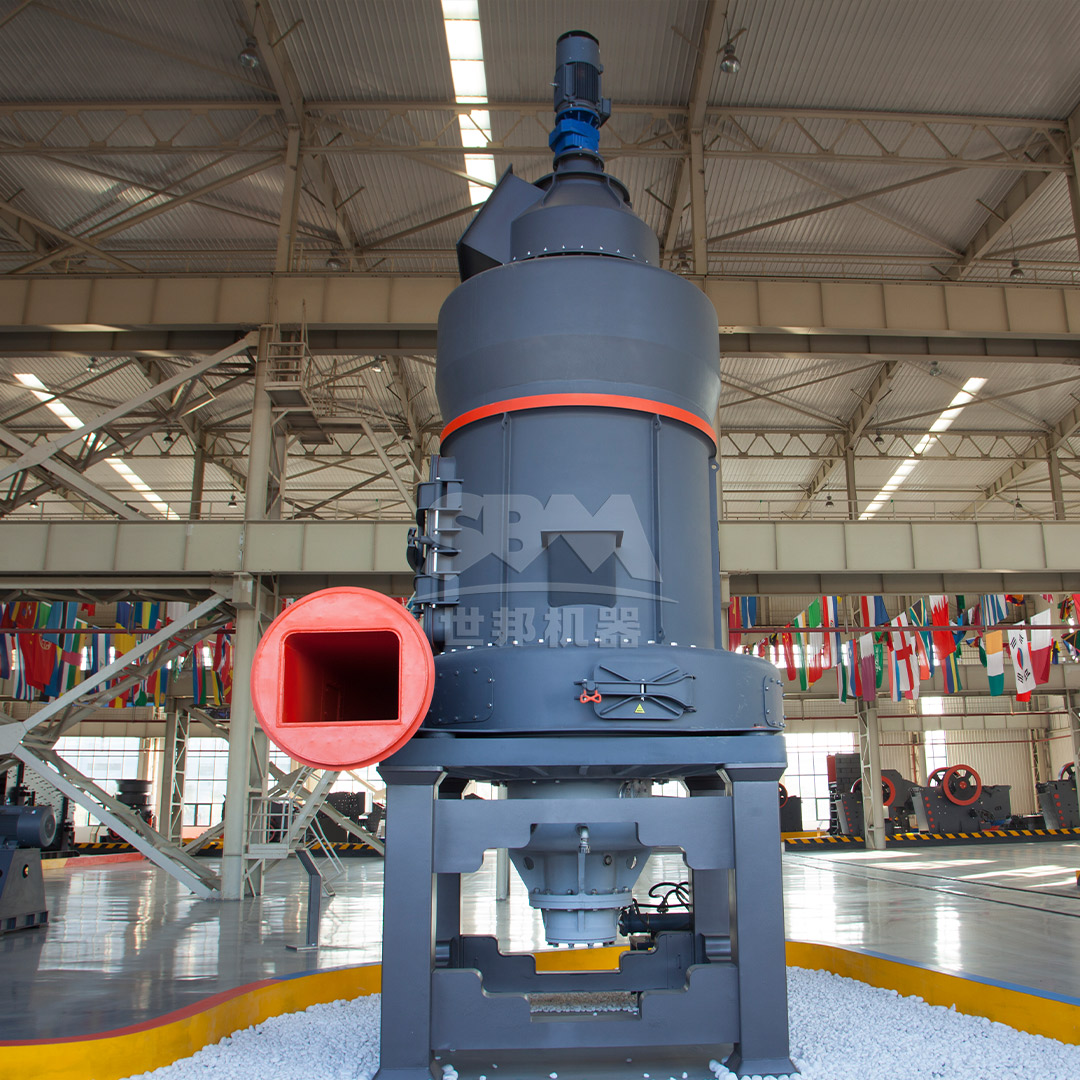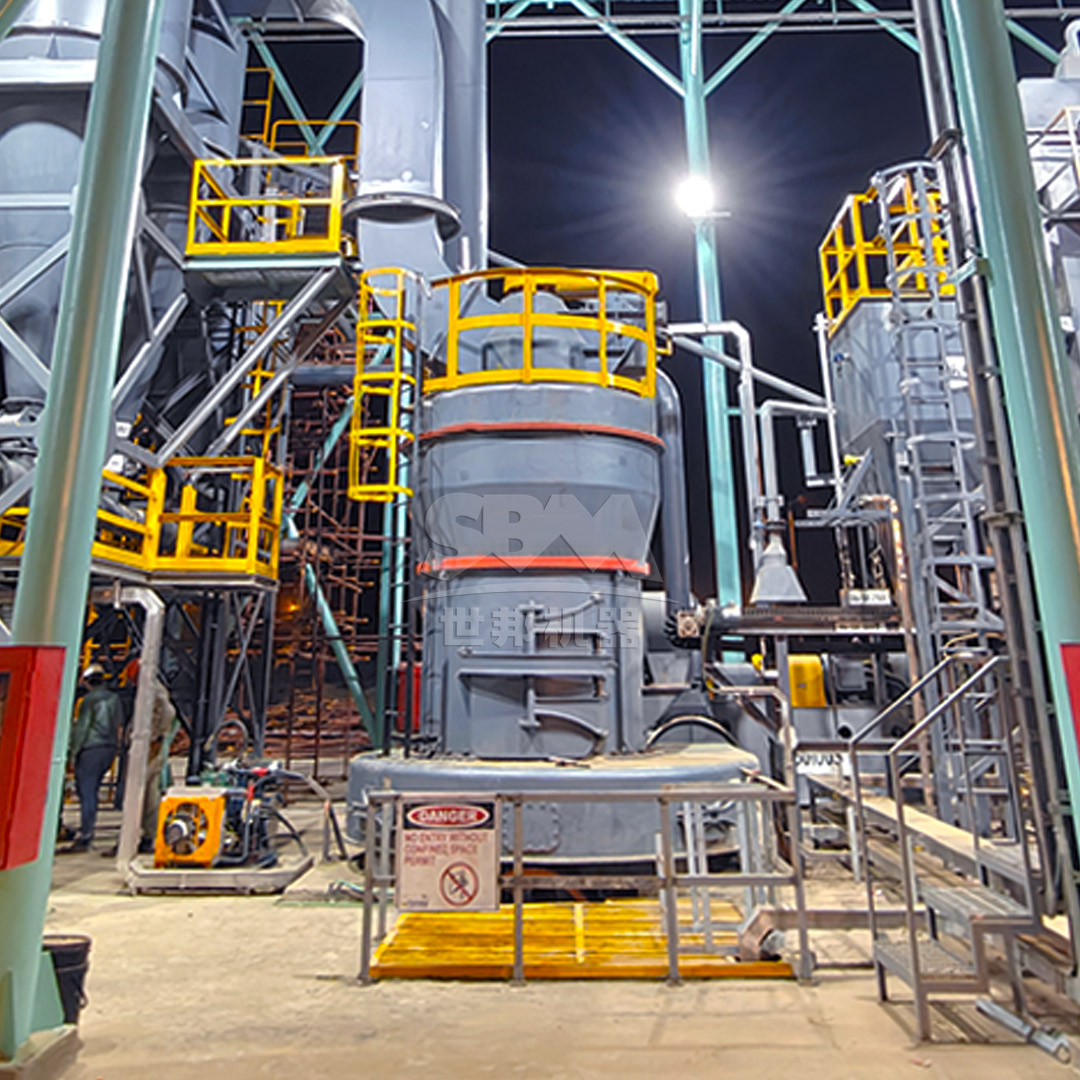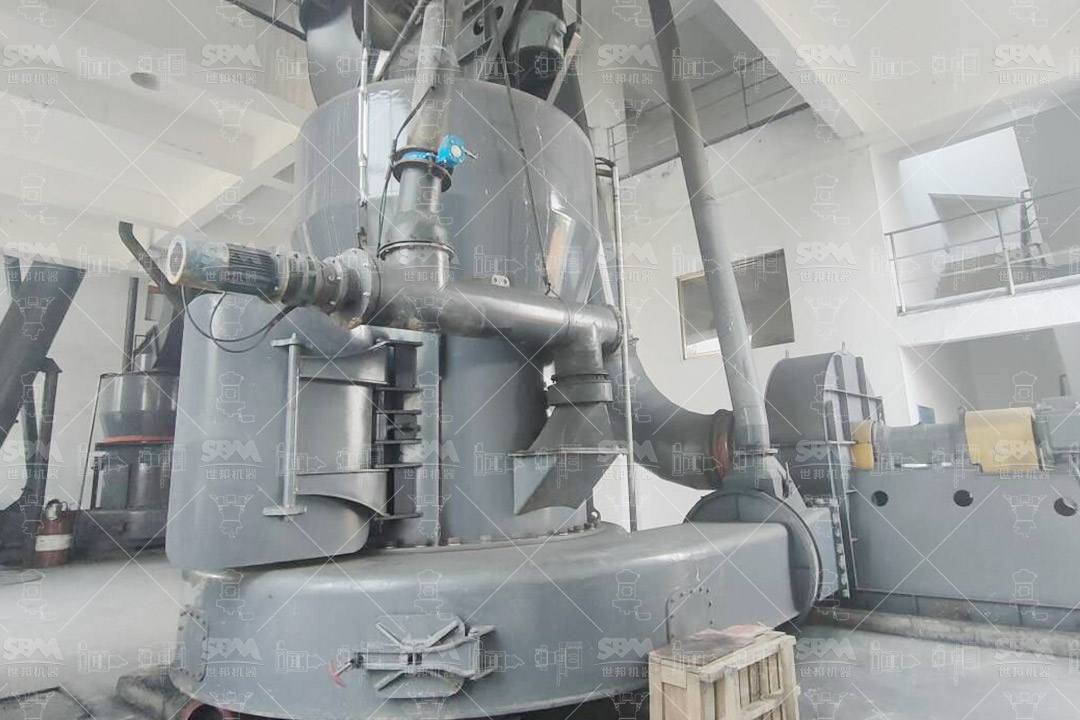The South American cement industry is experiencing significant growth, driven by infrastructure development, urbanization, and economic expansion across the region. Countries like Brazil, Colombia, Peru, and Chile are leading this growth with substantial investments in construction projects. However, cement manufacturers face increasing pressure to optimize production efficiency, reduce operational costs, and meet stringent environmental regulations while maintaining product quality.
Clinker grinding represents one of the most energy-intensive processes in cement manufacturing, accounting for approximately 40-50% of total electrical energy consumption in a typical cement plant. Traditional ball mills, while reliable, often suffer from low efficiency, high wear rates, and significant energy losses. This article explores advanced grinding solutions specifically tailored for South American cement plants seeking to enhance their clinker grinding operations.
South American cement plants encounter several unique challenges in their grinding operations:
The high cost of electricity in many South American countries makes energy efficiency a critical concern. Traditional ball mills typically operate at 25-30% efficiency, meaning most of the energy input is converted to heat and noise rather than productive grinding work.
Frequent maintenance requirements for conventional grinding systems lead to significant production losses. The abrasive nature of clinker causes rapid wear of grinding media and liners, necessitating regular replacement and associated downtime.
Increasingly strict environmental regulations across South America require cement plants to control dust emissions, noise pollution, and overall environmental impact. Traditional open-circuit grinding systems often struggle to meet these requirements without expensive additional equipment.
Maintaining consistent product quality, particularly Blaine surface area and particle size distribution, is essential for cement performance. Variations in clinker characteristics and grinding efficiency can lead to quality fluctuations that affect final product performance.
| Challenge | Impact on Operations | Traditional Solution Limitations |
|---|---|---|
| High Energy Consumption | Increased production costs | Limited efficiency improvements |
| Frequent Maintenance | Production downtime | High spare parts consumption |
| Environmental Compliance | Regulatory penalties | Additional equipment required |
| Quality Inconsistency | Product rejection | Manual control limitations |
Modern grinding technology has evolved significantly, offering solutions that address the specific challenges faced by South American cement producers. The transition from traditional ball mills to more efficient grinding systems represents one of the most impactful opportunities for operational improvement.
Vertical roller mills have gained significant popularity in the cement industry due to their superior energy efficiency compared to traditional ball mills. VRMs typically consume 30-50% less energy for the same grinding duty, making them particularly attractive in regions with high electricity costs.
The fundamental advantage of VRM technology lies in its grinding mechanism. Instead of relying on impact and attrition between tumbling grinding media, VRMs utilize a bed compression principle where material is ground between a rotating table and rollers. This method is inherently more efficient and generates less heat, reducing the need for cooling water and improving overall system efficiency.

High-pressure grinding rolls have emerged as an effective pre-grinding or finish-grinding solution for cement applications. HPGRs operate by compressing the feed material between two counter-rotating rolls, applying very high pressure that causes micro-cracks to form in the particles, making subsequent grinding stages more efficient.
When used as a pre-grinding unit before a ball mill, HPGRs can increase overall circuit capacity by 20-30% while reducing specific energy consumption by 10-20%. This hybrid approach allows plants to upgrade existing ball mill circuits without complete system replacement.
Modern high-efficiency classifiers represent a critical component in optimizing grinding circuits. Advanced classifier designs provide sharper separation, improved cut points, and better rejection of coarse particles. This results in reduced circulating loads, lower specific energy consumption, and more consistent product quality.
While newer technologies offer significant advantages, ball mills remain relevant in many applications, particularly when optimized with modern components and operating strategies. Several approaches can dramatically improve the performance of existing ball mill circuits.
Advanced liner designs can significantly impact grinding efficiency and maintenance requirements. Modern composite liners with optimized lifter profiles improve the lifting action of grinding media, ensuring more effective impact on the material being ground. Additionally, wear-resistant materials can extend liner life by 30-50%, reducing maintenance frequency and associated costs.
Retrofitting ball mill circuits with high-efficiency separators represents one of the most cost-effective upgrades available. Modern separators can improve grinding capacity by 10-25% while reducing specific energy consumption by 5-15%. The improved particle size distribution control also enhances product quality and cement performance.
Advanced process control systems can optimize ball mill operation by maintaining optimal filling levels, circulating loads, and product fineness. Modern control strategies use real-time data and predictive algorithms to adjust mill operation for maximum efficiency, compensating for variations in feed material characteristics and other operating conditions.

For South American cement plants seeking to maximize grinding efficiency and reduce operational costs, the LM Series Vertical Roller Mill represents an optimal solution. This advanced grinding system offers numerous advantages specifically relevant to the region’s requirements:
The LM Series Vertical Roller Mill incorporates several innovative features that address the specific challenges of clinker grinding:
The LM Series offers remarkable flexibility to handle varying clinker qualities and production requirements commonly encountered in South American operations:
| Model | Grinding Table Diameter (mm) | Capacity (t/h) | Main Motor Power (kW) | Application |
|---|---|---|---|---|
| LM190K | 1900 | 23-68 | 500 | Medium capacity plants |
| LM220K | 2200 | 36-105 | 800 | Large capacity plants |
| LM280K | 2800 | 50-170 | 1250 | Very large capacity plants |
The integrated expert automatic control system supports both remote and local operation modes, with real-time monitoring of operational parameters that minimizes manual intervention requirements. This is particularly valuable in regions where skilled operational staff may be limited, ensuring consistent optimal performance regardless of operator experience level.
For plants requiring flexibility in product range or those processing materials beyond standard cement clinker, the MTW Series Trapezium Mill provides an excellent complementary solution. This versatile grinding system offers several distinctive advantages:
The MTW Series is particularly well-suited to the varied production requirements common in South America, where plants often produce multiple cement types and may process locally available supplementary cementitious materials. The wide fineness adjustment range (30-325 mesh) enables production of everything from ordinary Portland cement to specialized oil well cement, while the robust construction ensures reliable operation even with variable raw material characteristics.

Successfully implementing advanced grinding technology in South American cement plants requires a carefully planned approach that considers local conditions, available resources, and specific operational requirements.
The implementation process should begin with a comprehensive assessment of current operations, including energy consumption analysis, maintenance history review, and product quality evaluation. This assessment should identify specific improvement opportunities and establish baseline metrics for measuring success.
A phased implementation approach minimizes disruption to ongoing operations while allowing for organizational learning and system optimization. This approach typically includes:
Ensuring adequate local support capabilities is essential for long-term success. This includes training local maintenance teams, establishing spare parts inventories, and developing relationships with regional service providers. The robust design of both the LM Series and MTW Series minimizes maintenance requirements, but having local support capabilities ensures maximum equipment availability.
Investing in advanced grinding technology typically delivers attractive returns for South American cement plants, with payback periods generally ranging from 1.5 to 3 years depending on specific local conditions.
While advanced grinding systems require significant capital investment, several factors specific to the South American context can help manage costs:
The primary economic benefits derive from reduced operational costs, particularly:
Beyond direct financial returns, advanced grinding systems deliver several important non-financial benefits:
The South American cement industry stands at a pivotal moment, with growing demand creating opportunities for expansion and modernization. Advanced grinding technology, particularly vertical roller mills like the LM Series and versatile trapezium mills like the MTW Series, offers a pathway to significantly improved operational efficiency, reduced environmental impact, and enhanced competitiveness.
By embracing these technologies, South American cement producers can address their most pressing challenges while positioning themselves for long-term success in an increasingly competitive marketplace. The combination of energy efficiency, operational reliability, and environmental performance makes modern grinding systems not just an operational improvement, but a strategic imperative for forward-thinking cement manufacturers across the region.
As the industry continues to evolve, those plants that invest in advanced grinding technology today will be best positioned to capitalize on future growth opportunities while maintaining cost competitiveness and regulatory compliance. The LM Series Vertical Roller Mill and MTW Series Trapezium Mill represent proven solutions that can deliver immediate benefits while providing the flexibility to adapt to future market requirements.